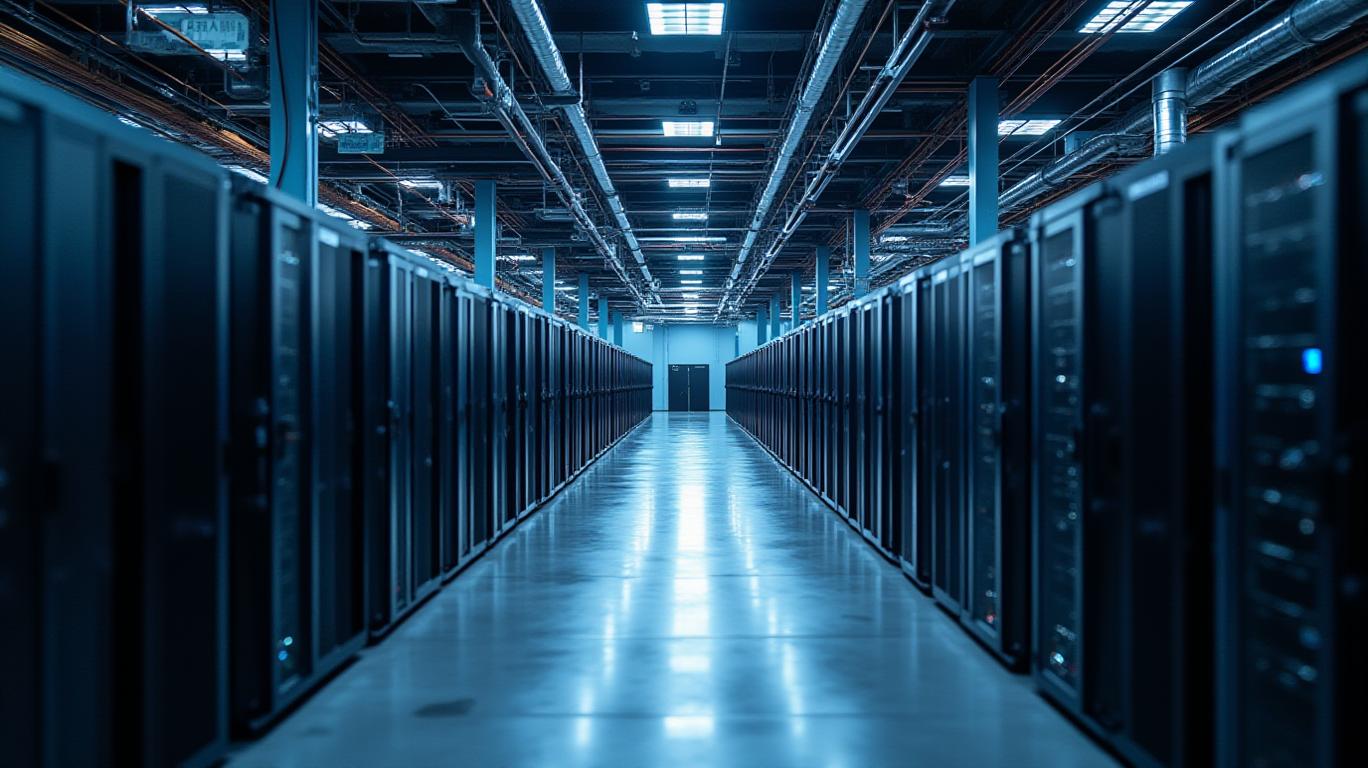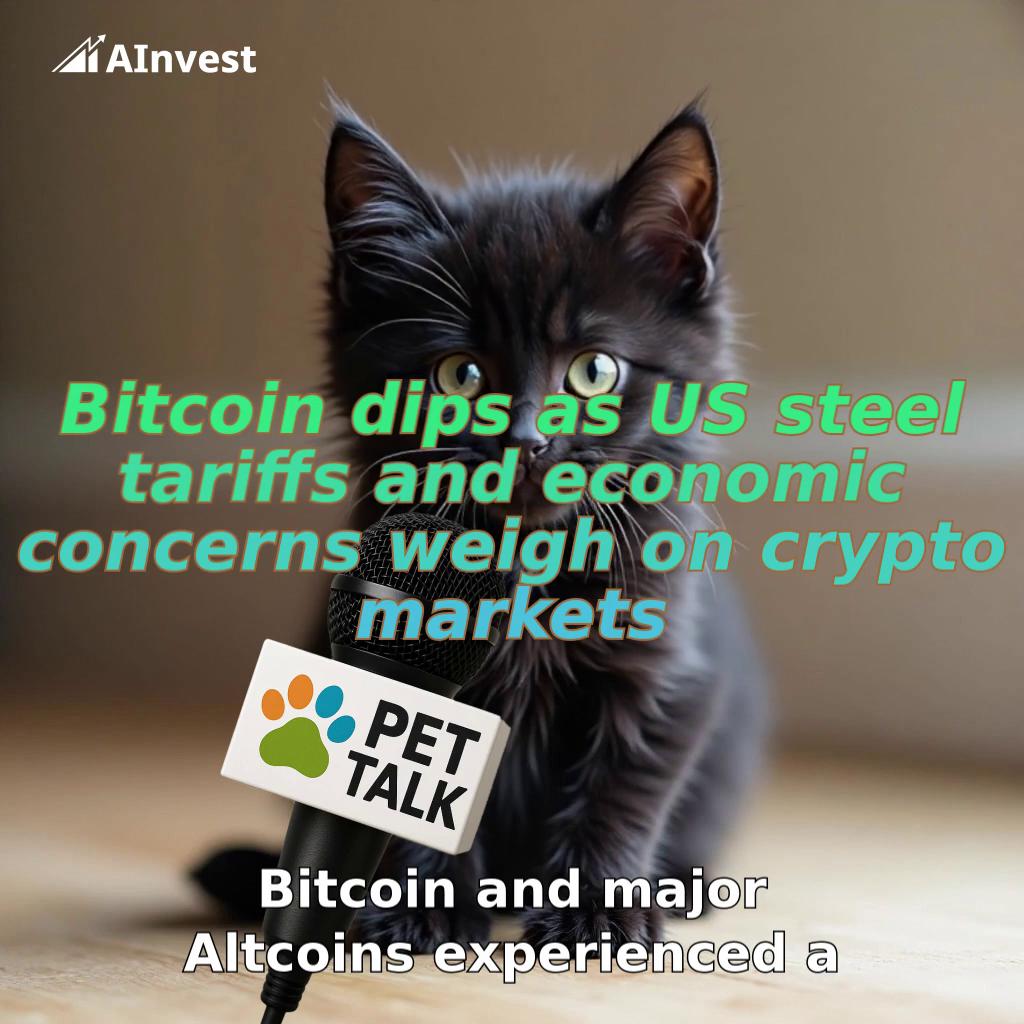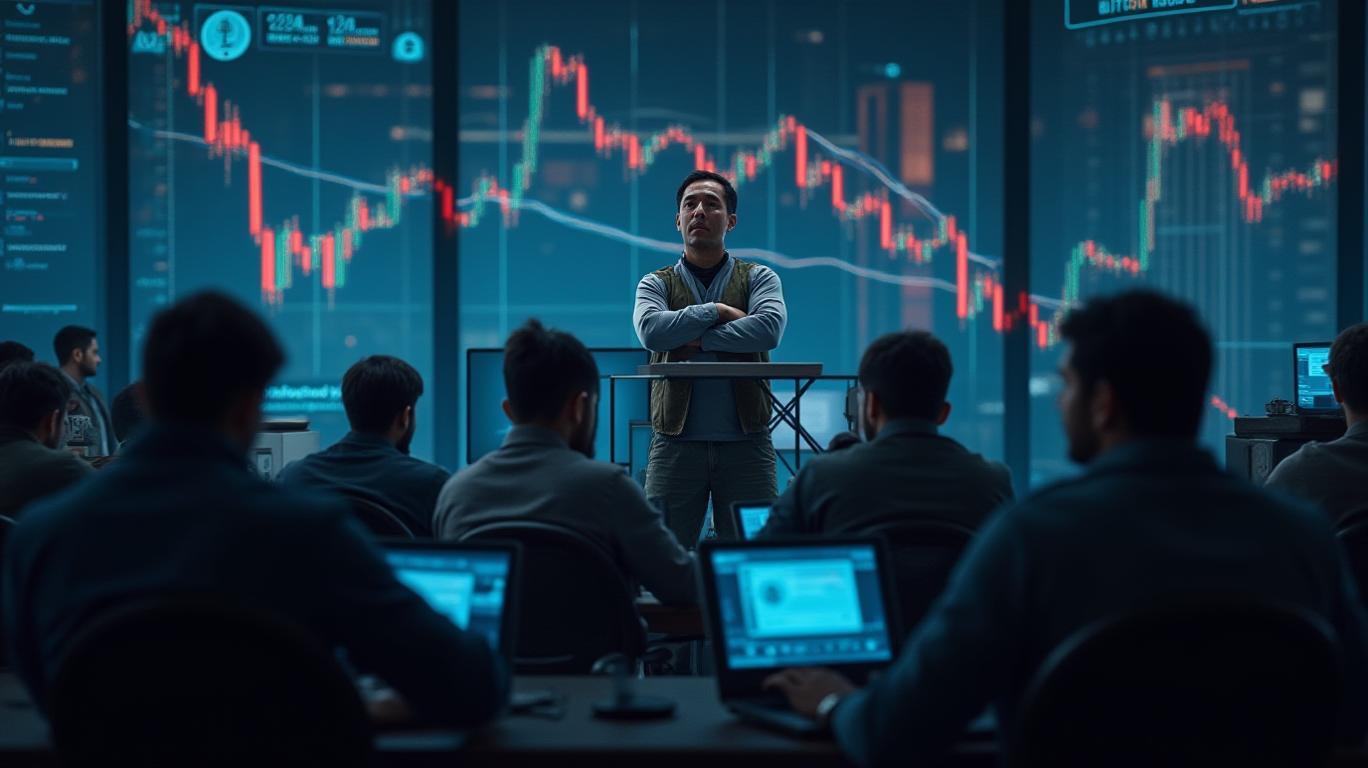Bitcoin Miners Face Profit Headwinds as Hashprice Declines and Tariffs Bite: CoinShares Report Outlines Challenges Ahead
The Bitcoin mining sector is bracing for a challenging quarter, with CoinShares’ latest analysis warning that Q1 2025 results may disappoint due to a perfect storm of declining hashprice, rising tariffs, and intensifying competition. The report paints a stark picture of an industry transitioning into a “zero-sum game,” where survival hinges on innovation, diversification, and cost discipline.
Hashprice Decline Signals Structural Shifts
CoinShares’ proprietary model underscores a troubling trend: the hashprice—the metric reflecting daily mining profitability—is in a sustained downtrend. Despite Bitcoin’s price hovering between $80,000 and $90,000, hashprice dropped to a range of $35–$50 per PH/day in Q1, with forecasts predicting further erosion. By Q1 2026, the average hashprice could fall below $40, driven by a combination of flat Bitcoin prices and relentless hashrate growth.
This dynamic creates a vicious cycle: as more efficient ASICs flood the market, miners face heightened competition, diluting revenue potential. Meanwhile, the Bitcoin network’s hashrate is projected to hit 1 zettahash per second (ZH/s) by July 2025, surging to 1.28 ZH/s by year-end, and 2.0 ZH/s by early 2027. Such rapid growth, fueled by new hardware deployments, will only amplify the pressure on margins.

Tariffs and Trade Wars Complicate the Landscape
Geopolitical tensions are adding fuel to the fire. Tariffs on imported mining rigs—ranging from 24% in Malaysia to 54% in China—are disproportionately hurting smaller miners and those using outdated equipment. For instance, Chinese miners, already grappling with energy constraints, now face the highest tariff rates, while Malaysian competitors face a 24% penalty.
The burden falls hardest on vertically integrated companies like Bitdeer (BTDR), which manufactures its own rigs.
The Zero-Sum Game: Winners and Losers
The report describes Bitcoin mining as increasingly a “zero-sum game,” where one miner’s gain is another’s loss. This has spurred a race to diversify into adjacent markets like AI. For example, Core Scientific and Cipher Mining now allocate 35–43% of their capacity to AI projects, leveraging their data centers for high-margin contracts.
However, not all miners can adapt. Smaller operators relying on pre-2023 ASICs—inefficient by today’s standards—face existential threats. With energy costs rising and tariffs eating into margins, some may be forced to shut down or sell assets.
Policy Risks and Macro Uncertainties
The U.S. fiscal environment adds another layer of complexity. Reciprocal tariffs imposed by trade partners risk stoking inflation, potentially boosting Bitcoin’s appeal as a hedge. Yet U.S. Treasury yields—a key macro indicator—remain volatile. highlight how uncertainty around fiscal policy could keep Bitcoin’s price range-bound, limiting miners’ revenue growth.
Meanwhile, proposals in states like Arizona and Texas to allocate portions of public reserves to Bitcoin could inject up to $10.3 billion in buying pressure at current prices. If enacted, this could stabilize hashprice—though legislative hurdles remain.
Cost Efficiency: The Lifeline for Survivors
Amid these headwinds, efficiency gains are critical. New ASICs now average 20W/TH, a fivefold improvement since 2018, while companies like CleanSpark and Iren are slashing energy costs through better uptime and cheaper power sources (e.g., Iren’s 3¢/kWh rates in Texas).
Yet debt remains a lurking threat. Miners like Hut 8 face rising interest expenses due to convertible notes and tax liabilities, underscoring the need for balance sheet management.
Conclusion: Adapt or Perish
The CoinShares report underscores a stark reality: Bitcoin mining is evolving into a capital-intensive, infrastructure-driven industry. While Q1 results may disappoint, the path forward is clear. Miners that pivot to AI/HPC, invest in next-gen hardware, and navigate tariffs strategically will thrive.
The data is unequivocal: hashprice is unlikely to recover meaningfully before 2028, and tariffs will persist as a drag. However, the sector’s projected 2.0 ZH/s hashrate by 2027—driven by efficiency gains—suggests that those who adapt can weather the storm. Investors should prioritize miners with diversified revenue streams, low-cost energy access, and exposure to non-Bitcoin markets. For the rest, the zero-sum game may prove terminal.

_b905d9341749265671656.jpg)







